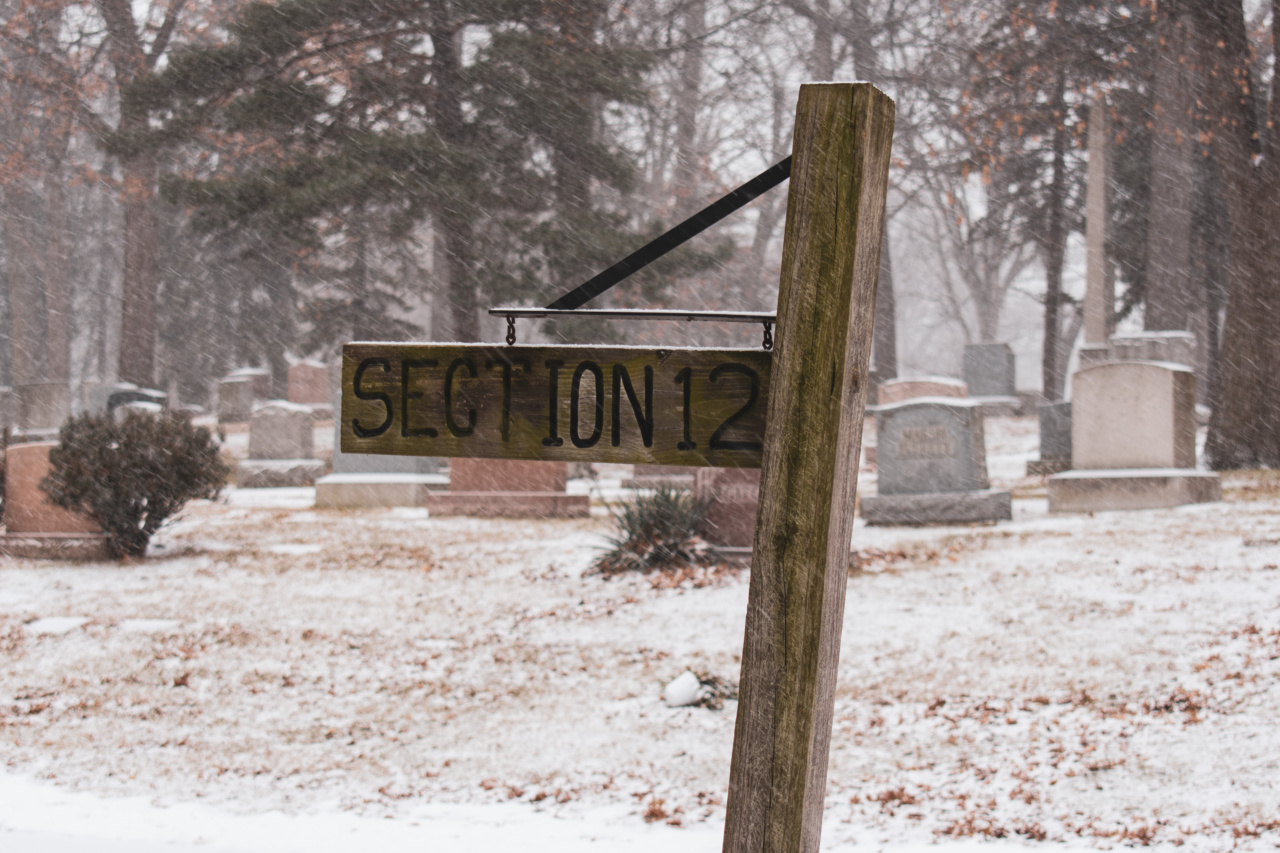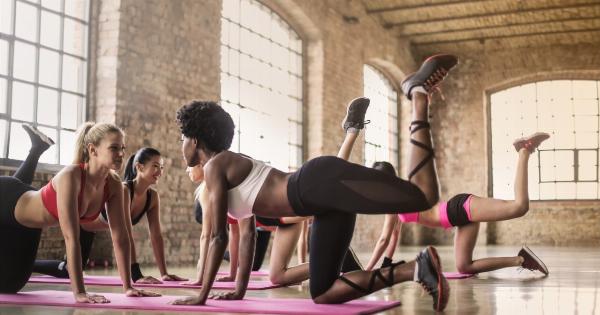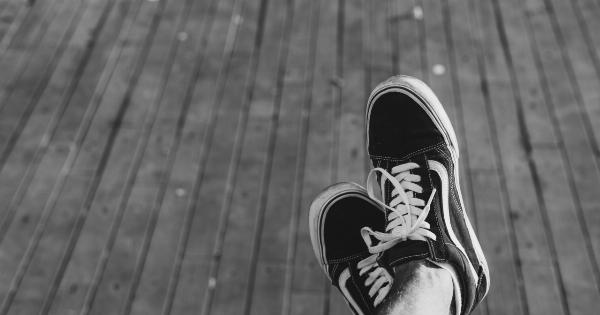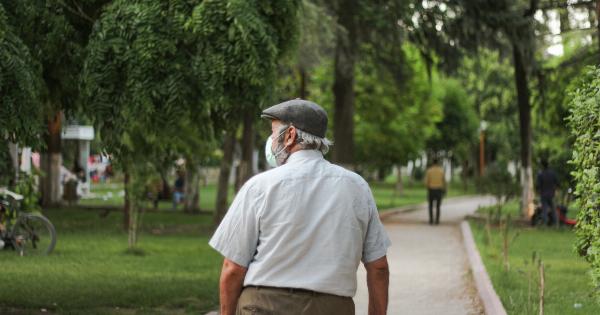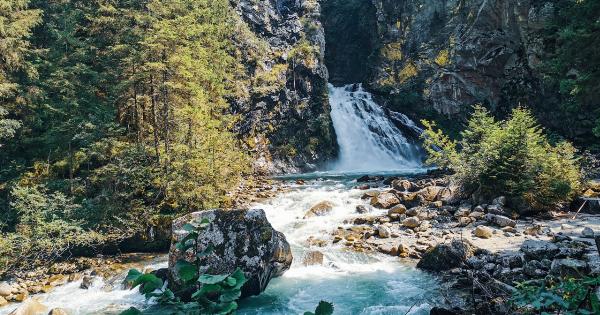Would you recognize the signs of a potentially fatal fall? A slip, a trip, or a misstep can be all it takes for a seemingly innocent mishap to turn deadly. But there’s one precarious sign that elevates the chances of death by 50%.
This sign is the presence of a slope, and it can be found in many everyday settings.
Understanding Slopes and Falls
When we think of falls, we often picture someone slipping on a wet floor or tripping over a loose rug. However, the dangers of a slope are often overlooked. A slope is an inclined surface, and it can be found anywhere from a staircase to a sidewalk.
If you’re walking on a slope, gravity is working against you, making it easier to lose your balance and fall.
Slopes are particularly dangerous for older adults, who may be more susceptible to falls due to a variety of factors, such as decreased mobility and vision impairments.
According to the Centers for Disease Control and Prevention (CDC), falls are the leading cause of fatal and nonfatal injuries among older adults. In fact, one in four older adults falls each year, and less than half of them tell their doctor.
The Deadly Consequences of Slopes
When a slope is involved in a fall, the consequences can be deadly. A slope can cause a person to tumble down a flight of stairs, or it can cause a person to lose their balance on a sidewalk and hit their head on the pavement.
Head injuries are a common consequence of falls, and they can be especially dangerous if left undetected or untreated. In fact, falls are the leading cause of traumatic brain injury (TBI) among older adults.
Other injuries that can result from a fall on a slope include broken bones, internal injuries, and spinal cord injuries. In some cases, these injuries can be life-threatening.
Preventing Falls on Slopes
Fortunately, there are steps that can be taken to prevent falls on slopes. One of the most important preventative measures is to pay attention to your surroundings. Be aware of any slopes you may encounter, and adjust your gait and pace accordingly.
If you’re walking on a slope, take shorter steps and keep your feet closer to the ground.
Another preventative measure is to wear appropriate footwear. Shoes with good tread can help you maintain your balance on a slope, reducing your chances of slipping or falling.
Additionally, consider using assistive devices, such as canes or walkers, to help you maintain your balance.
Finally, it’s important to maintain a safe environment. Make sure that walkways and staircases are well-lit, and that any changes in elevation are clearly marked.
If you’re a property owner or manager, consider installing handrails or guardrails on any slopes or stairs.
Conclusion
If you or a loved one is at risk for falls, it’s important to understand the dangers of slopes. While falls can happen anywhere, slopes can increase the chances of a fall, and the consequences can be deadly.
By taking preventative measures and maintaining a safe environment, you can reduce your risk of a potentially fatal fall.
